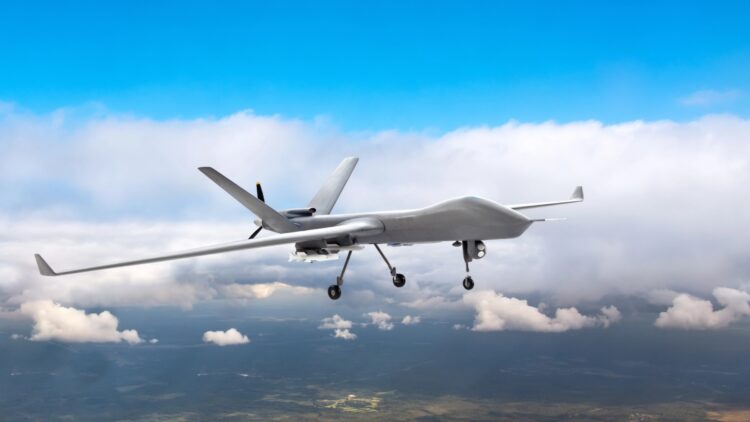Another dawn in Kyiv was marked by the sound of explosions resulting from Russian attacks on the city. The Ukrainian capital experienced another night of fear and destruction as Russia launched an intense offensive with drones and missiles, attack tactics that have been standard and recurring since the beginning of the war. Residents report panic, the demand for emergency support services has been increasing, and once again, parts of the city’s infrastructure have been reduced to rubble.
Russia intensifies its bombing campaign on Kyiv, targeting civilian and strategic areas
According to the local government, the offensive began around 3 a.m., something also common in Russian attacks that usually happen in the early morning. Hundreds of drones were released almost simultaneously, accompanied by guided missiles that hit residential buildings and commercial areas.
“I got up, got dressed, went out, and there was an explosion. I couldn’t hear the (drone) engine running, just an explosion, flames, everything flew. I was in the kitchen and just fell to the floor,” said Oleh Hudyma, a 59-year-old resident of the city.
According to President Volodymyr Zelenskyy, more than 430 drones and 18 missiles were used on the night of the attacks alone. The Russian offensive caused major disruption to the city, starting fires in at least eight districts of the capital, and firefighters took hours to contain the flames. Digital maps showed red dots scattered across Kyiv—marks of damaged buildings, destroyed cars, and unusable public structures.
Continuous strikes deepen civilian suffering
Moscow claims its attacks target only military and industrial infrastructure, but local reports show that this is not exactly the case. Civilian apartments have also been hit, with scenes of destruction that have been repeated since the beginning of the conflict. Another account from a 46-year-old woman stated that she woke up to the smell of burning:
“I didn’t hear anything, I just realized that my hair was on fire.”
Kyiv struggles with the aftermath as emergency services race to find survivors
With the first rays of morning light, rescue teams were already on the rubble. In some neighborhoods, residents tried to help the teams, removing stones with their bare hands, in some cases searching for missing relatives. In others, the work was interrupted by new alerts of attacks.
The destruction resulting from the bombings also affected the city’s basic infrastructure, raising the risk of water and power cuts, points that are especially critical given the harsh winter. Houses in the suburbs caught fire, and a series of secondary explosions further complicated operations.
The Ukrainian government claims that air defense systems like the Patriot managed to intercept some of the projectiles, preventing an even greater catastrophe. However, there is a limit to how far these systems can intervene in such attack scenarios, and Zelenskyy has again appealed for international assistance, emphasizing that the country needs more equipment and ammunition to protect its urban centers.
Ukraine responds with domestic drone strike
The Russian offensive, however, did not go unanswered. Kyiv has been carrying out attacks with drones produced within the country itself, targeting refineries, ports, and military bases on Russian soil. According to Ukrainian authorities, these targets are chosen to weaken Moscow’s military and economic capabilities, not civilian areas.
Russia, in turn, accuses Ukraine of targeting civilian residences and facilities. In cities like Novorossiysk, damage was reported to ports and coastal structures, as well as a fire at an oil depot.
While countries exchange accusations about the intent behind the attacks, it is the population that most suffers the consequences of these choices. In Kyiv, residents once again find themselves trying to return to “normalcy,” but with the sounds of sirens, dust, and debris acting as constant reminders that the war still exists and new attacks could happen at any moment.


